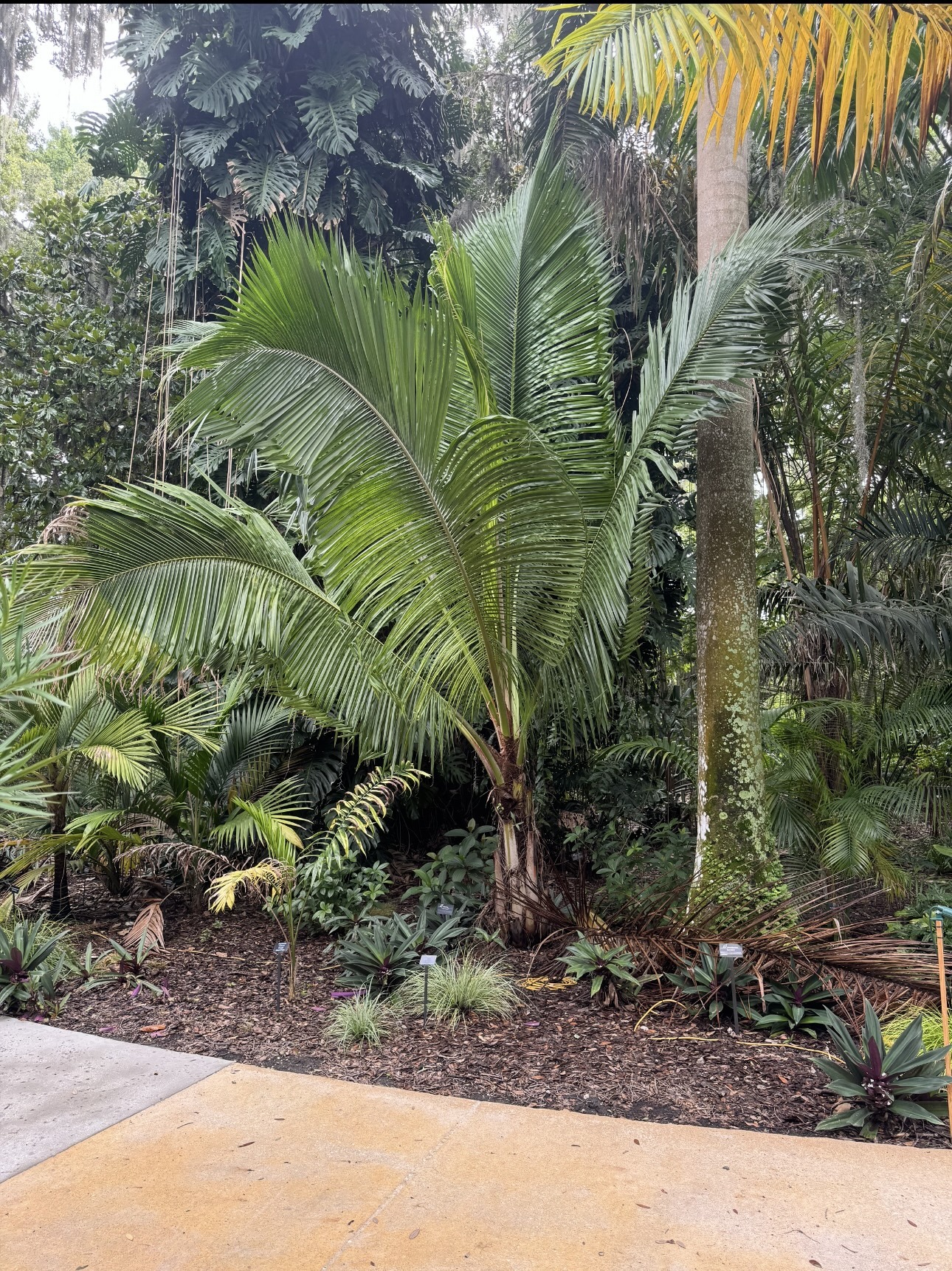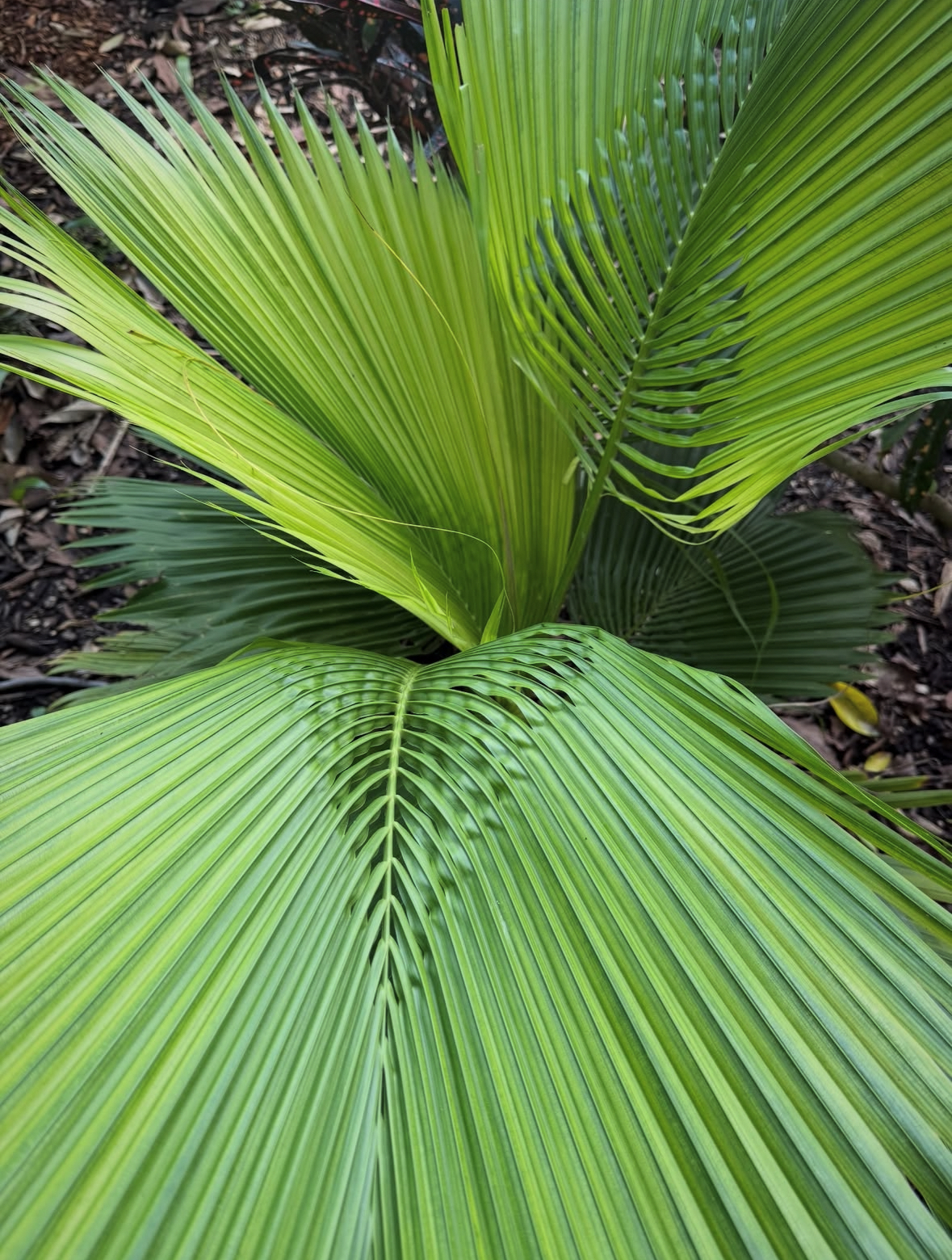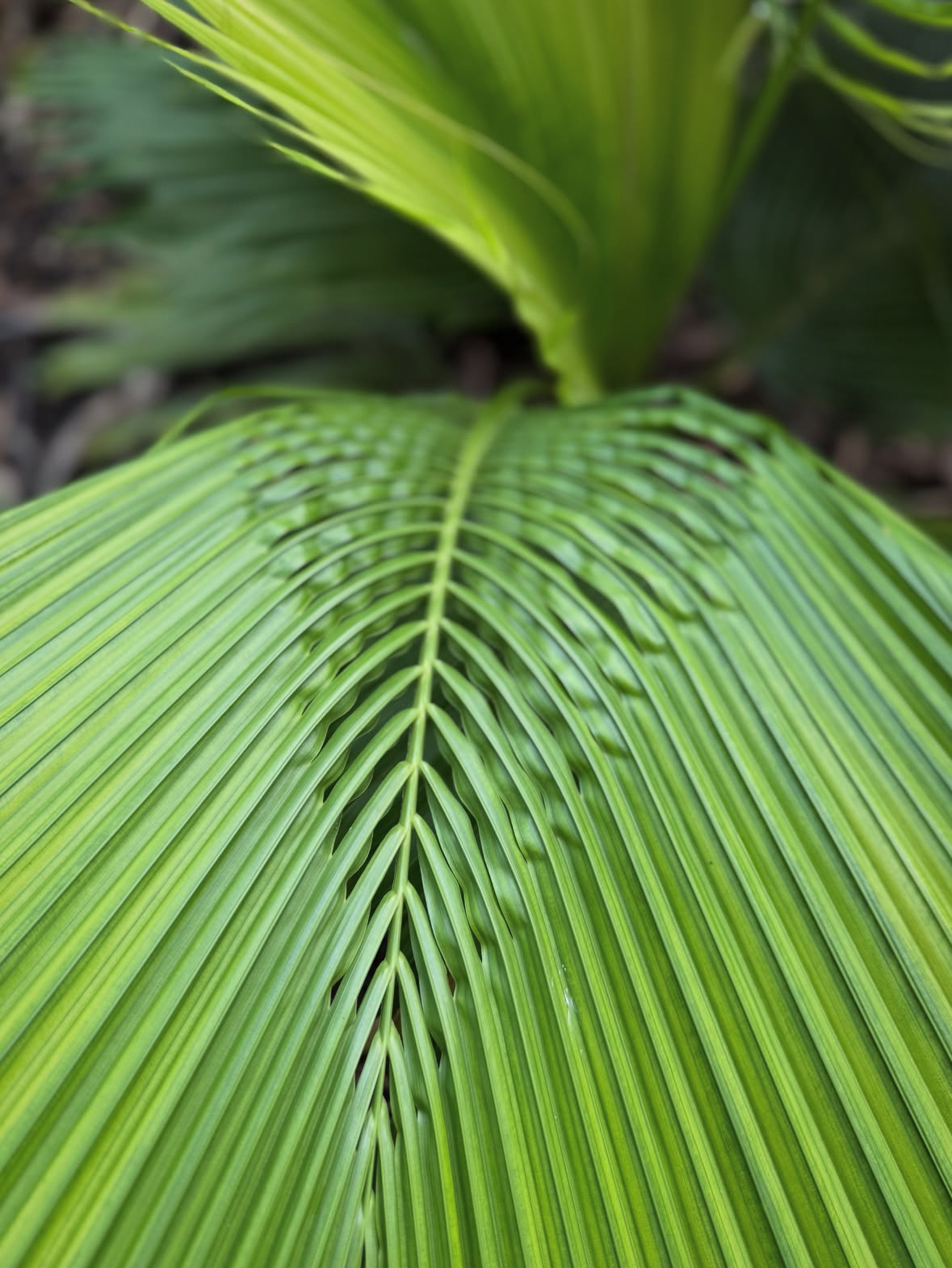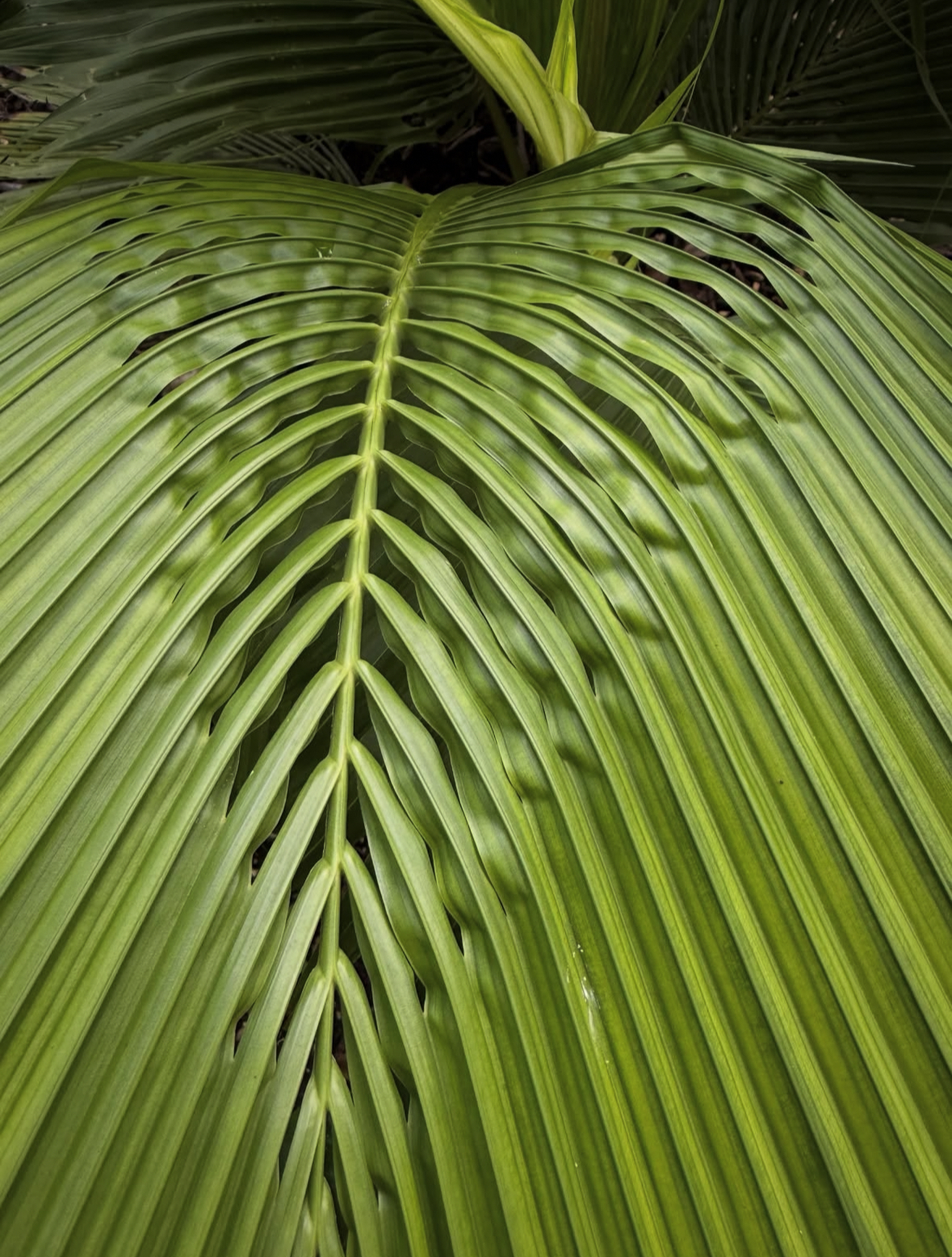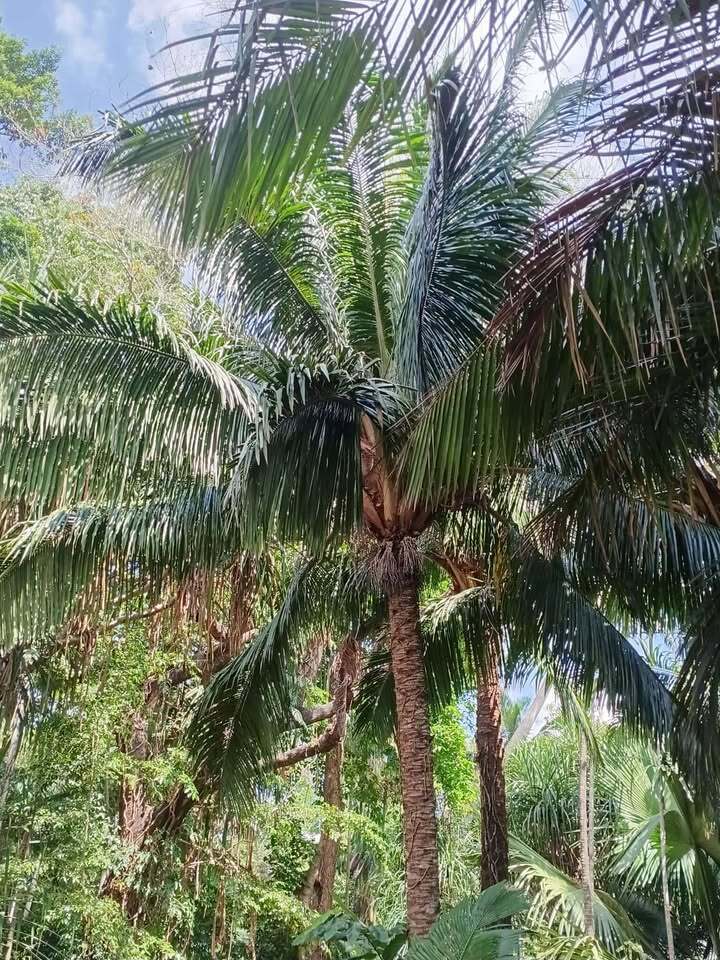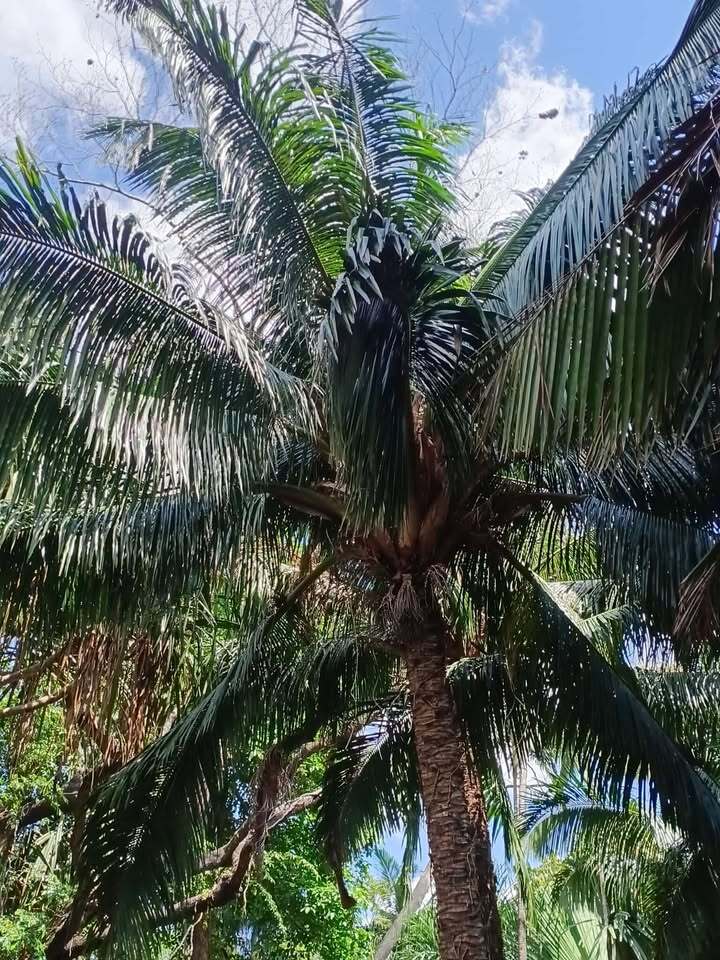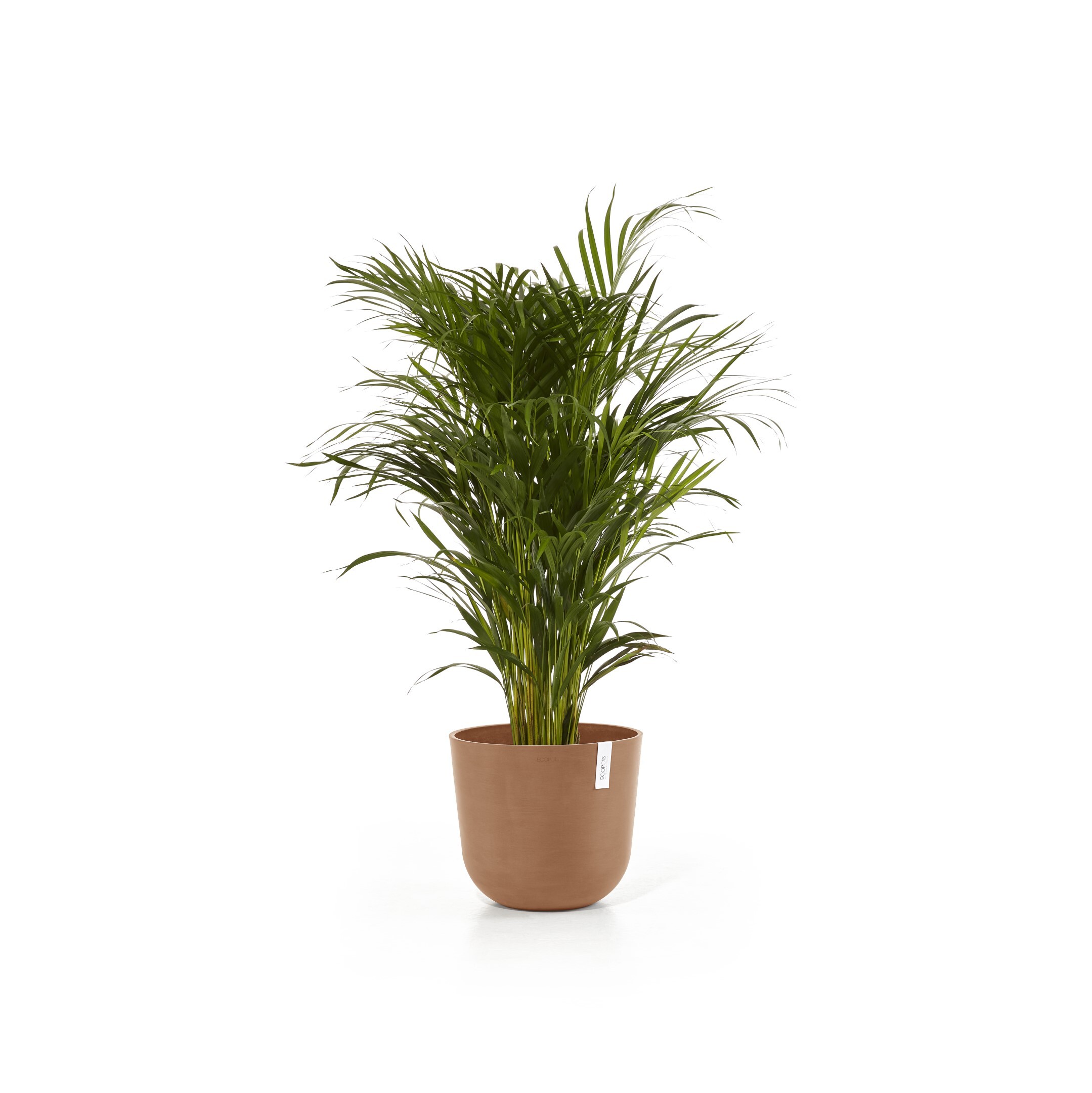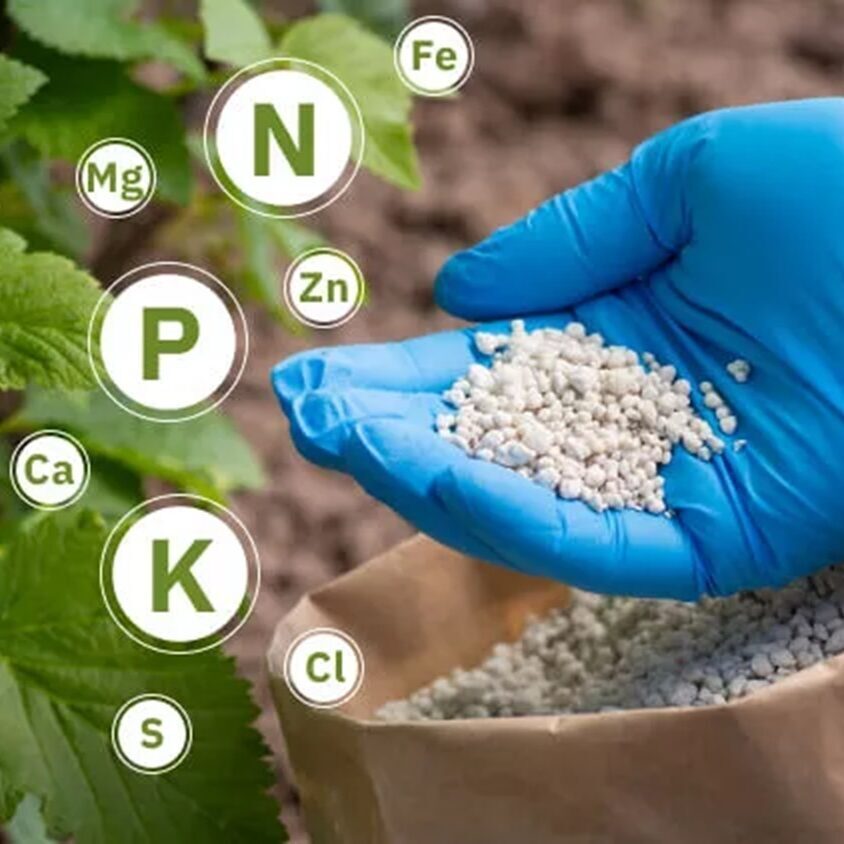| Climate Zone | 10b |
| Min Temp | 35 to 40 F / 2 to 4 C |
| Leaf Type | Pinnate |
| Height | 49 Ft / 15 M |
| Growth Rate | Slow |
| Conservation Status |
Critically Endangered
|
Beccariophoenix fenestralis
Giant Window Palm
Sizes
- 1 gallon
- 3 gallon
About Beccariophoenix fenestralis
This is a solitary palm native to a small area of eastern Madagascar, where it grows in humid lowland forest. The trunk is slender, ringed, and is topped by a graceful crown of pinnate leaves. A unique feature in its early growth stage is the presence of “windows” — partially divided leaflets that create gaps — a trait that inspired its name and helps distinguish it from its close relative Beccariophoenix madagascariensis. As the palm matures, the leaves become fully divided, giving it a coconut-like appearance. Its inflorescences are borne close to the leaf bases on short stalks, producing clusters of flowers followed by oval fruits. With its rarity in the wild and highly ornamental look, it has become a prized species among collectors and enthusiasts.
Cultivation Tips
This palm prefers a warm, sheltered location that mimics its humid forest origins. Seedlings and young plants thrive in partial shade, while older specimens can gradually adapt to more sun exposure. Rich, well-draining soil kept evenly moist is essential, as the palm dislikes both drought and waterlogging. Regular watering during the growing season will promote steady growth, but care should be taken to avoid water pooling in the crown, especially in cooler weather. A balanced palm fertilizer applied a few times a year will help maintain healthy, dark green leaves and prevent nutrient deficiencies.
